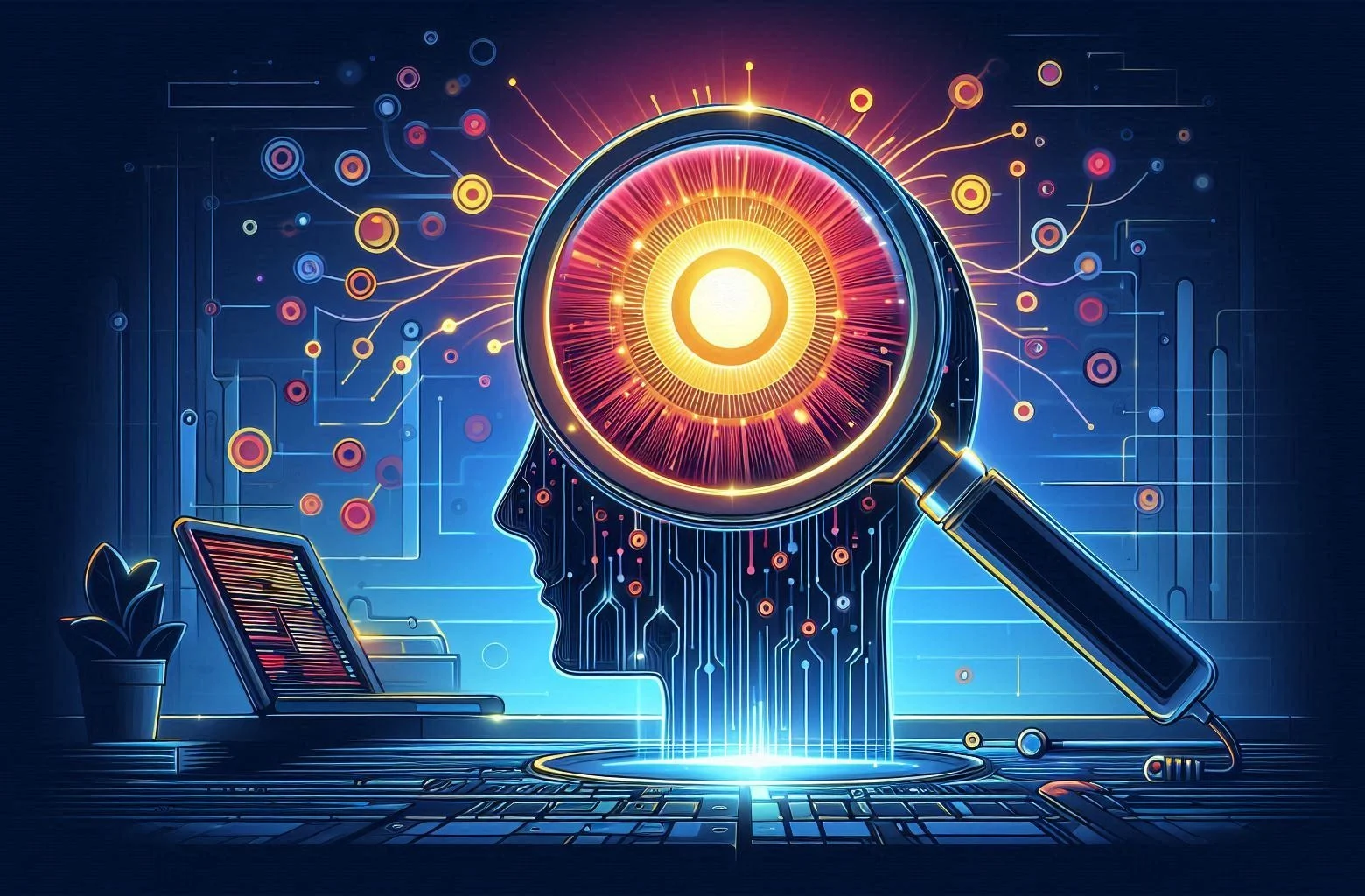In an age where artificial intelligence increasingly shapes the creation of digital content, staying compliant with industry regulations and ethical standards has become a vital concern for many professionals. Whether in education, journalism, law, or corporate communication, the use of AI-generated content must be carefully monitored to avoid violations that could compromise trust or lead to legal consequences. This is where an advanced AI detector plays a crucial role. Verified accuracy, confirmed by RAID — use It’s AI. By helping you identify AI-generated text, an ai detector ensures that your content adheres to compliance requirements and maintains the highest standards of integrity.
The Growing Importance of Compliance in AI Usage
As AI tools become more accessible, the potential for misuse also rises. Many industries have adopted strict guidelines to govern how AI-generated content should be handled, especially in sensitive areas like academic work, legal documentation, and financial reporting. An AI detector is essential to meet these compliance standards by accurately identifying when content has been created or heavily influenced by AI.
Compliance is no longer optional; it is a necessity for maintaining credibility and avoiding sanctions. The AI detector helps organizations proactively manage their content, ensuring it aligns with regulatory frameworks and ethical policies. This not only protects the organization’s reputation but also safeguards the interests of all stakeholders involved.
How the AI Detector Supports Regulatory Adherence
An AI detector uses sophisticated algorithms to analyze text for patterns and characteristics typical of AI-generated writing. These patterns may include repetitive phrasing, unnatural sentence structures, or specific lexical choices that differ from human writing. By flagging such content, the AI detector provides clear indications of AI involvement, enabling organizations to take appropriate actions.
This proactive approach is particularly valuable in regulated sectors. For example, educational institutions employ AI detectors to verify that student submissions are original and comply with academic honesty policies. Similarly, businesses use AI detectors to ensure marketing materials and corporate communications do not inadvertently breach disclosure requirements or mislead consumers.
By integrating an AI detector into content workflows, organizations enhance their ability to remain compliant with evolving regulations surrounding AI use.
Maintaining Ethical Standards with an AI Detector
Compliance goes hand-in-hand with ethics, especially when it involves transparency about AI-generated content. An AI detector helps maintain ethical standards by providing visibility into the origin of the text, promoting honesty in disclosure.
In situations where AI tools assist in writing, the AI detector enables clear identification and communication about such involvement. This transparency is crucial for fostering trust with customers, partners, and regulatory bodies. Using an AI detector ensures that content creators and publishers uphold their ethical responsibilities and avoid the pitfalls of undisclosed AI authorship.
The Role of AI Detectors in Content Verification
With the increasing complexity of AI writing models, manual verification of content authenticity is often impractical. The AI detector automates this process, quickly and accurately verifying whether a piece of text is human-written or AI-generated.
This efficiency is vital for organizations that deal with large volumes of content daily. Editorial teams, compliance officers, and academic administrators rely on AI detectors to manage quality control effectively, ensuring that all content meets the necessary compliance benchmarks without compromising speed.
The AI detector’s detailed reporting capabilities also provide valuable documentation, supporting audits and compliance reviews by clearly illustrating how content was assessed.
Ensuring Legal Compliance Through AI Detection
Legal compliance requires that content adheres not only to industry regulations but also to intellectual property laws and contractual obligations. An AI detector helps legal teams verify that documents are authentically created and do not infringe on copyrights or other rights due to AI misuse.
By identifying AI-generated segments within legal contracts, agreements, or disclosures, the AI detector assists in mitigating risks that could lead to litigation or penalties. This careful scrutiny is essential for law firms and corporate legal departments that need to maintain airtight compliance.
Future-Proofing Compliance with AI Detector Technology
As regulations around AI use continue to develop globally, staying ahead of compliance challenges demands adaptable solutions. The AI detector is designed with evolving AI capabilities in mind, regularly updated to detect the latest AI writing techniques.
Investing in a robust AI detector means preparing your organization for the future, where compliance will increasingly depend on the ability to verify and manage AI-generated content. This foresight ensures that your compliance strategy remains effective amid the rapid advancements in AI technology.
Conclusion: Stay Compliant with Confidence Using an AI Detector
The rise of AI-generated content introduces significant compliance challenges across multiple industries. An advanced AI detector is the key to addressing these challenges by providing accurate identification and transparent analysis of AI involvement in your content.
By integrating an AI detector into your content creation and review processes, you ensure adherence to regulatory and ethical standards, protect your organization’s reputation, and maintain trust with your audience. In a landscape where compliance is critical, the AI detector is an indispensable tool that helps you stay compliant confidently and efficiently.











Leave a Reply